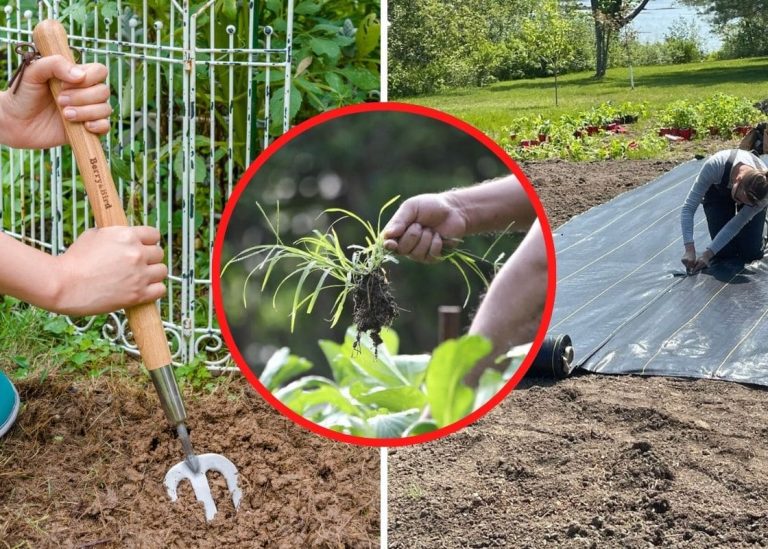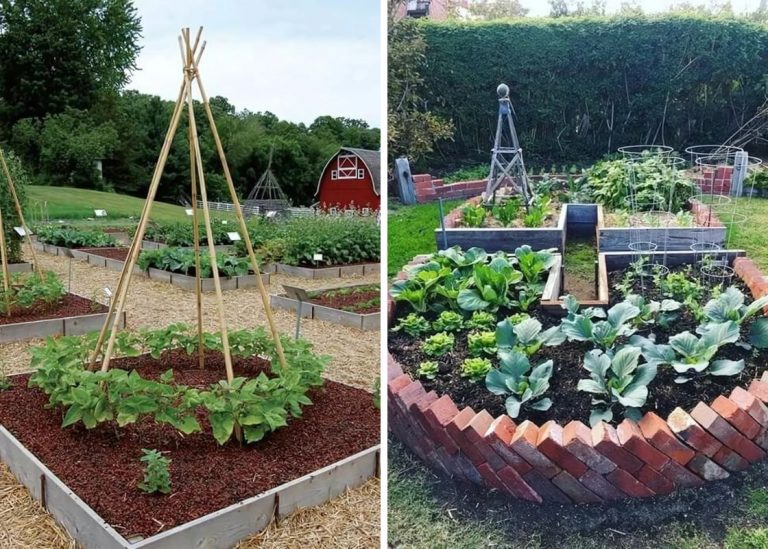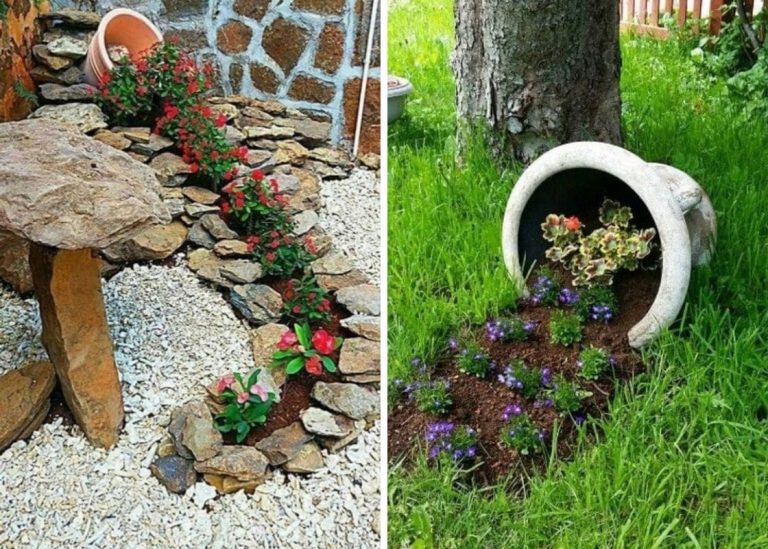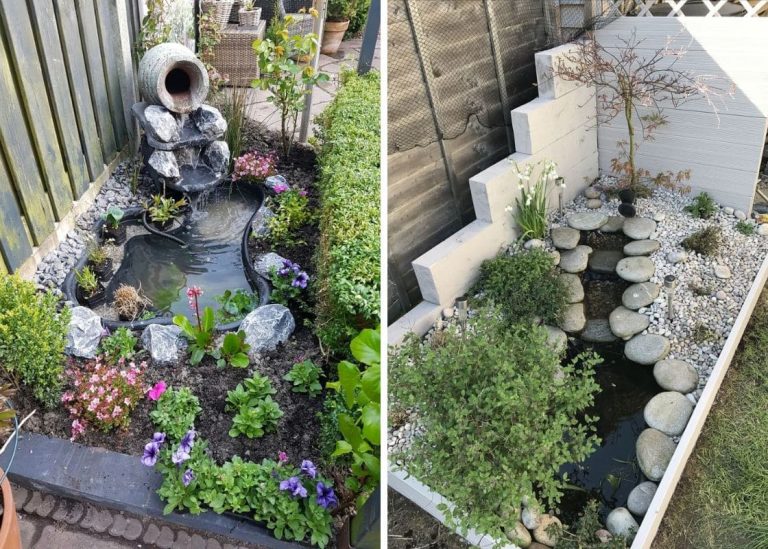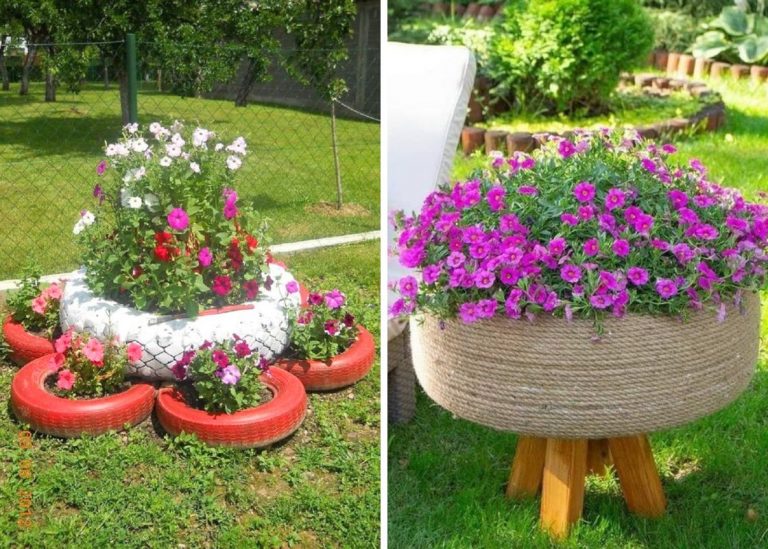16 Hard-To-Kill Flowers for Beginners – Easy, Beautiful, and Resilient
The first year I tried to start a flower garden, I planted everything I thought looked beautiful. And then… everything wilted. Some plants shriveled from too much water, others crisped up under full sun, and a few just seemed to vanish overnight—no note, no goodbye. I felt like I was throwing seeds into the void.
One day, my neighbor Joan walked over with a pot of marigolds in her hand. “You can’t kill these,” she said with a wink. She was right. That little pot bloomed all season, no drama, no fuss. It was the first time I felt like maybe I could do this. I wasn’t failing. I just needed to start with the right plants.
If you’ve ever felt the sting of a drooping stem or a flower that never bloomed, you’re not alone. Every gardener begins with a few hard lessons. The good news? Some flowers are practically indestructible. These are the bloomers that forgive our forgetfulness, bounce back from dry spells, and keep coming back with color, charm, and confidence.
#1. Marigold
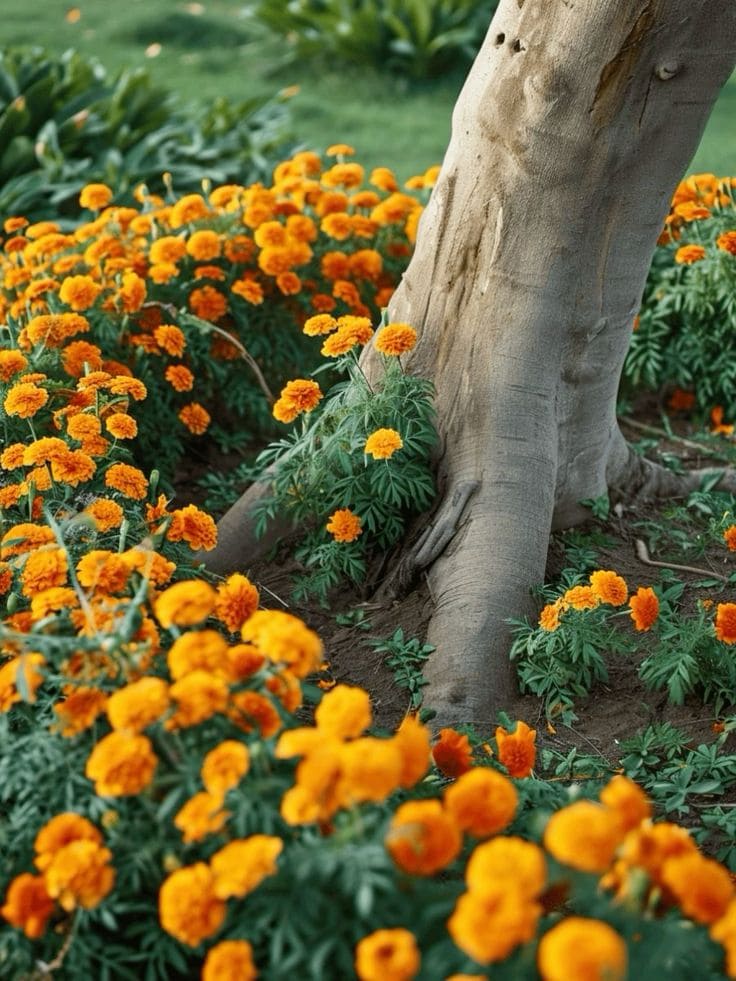
Joan’s marigolds are still blooming by her fence, like little suns refusing to set. I plant them every year now, in memory of her advice and because they’ve never let me down. Bright yellows, oranges, and even deep reds appear in clusters, lasting from early spring until the first frost.
They thrive in full sun, shrug off dry soil, and even help keep pests at bay. I scatter them around my vegetable beds like cheerful little bodyguards. You don’t need rich soil or perfect care—just a bit of sunlight and trust.
#2. Zinnia
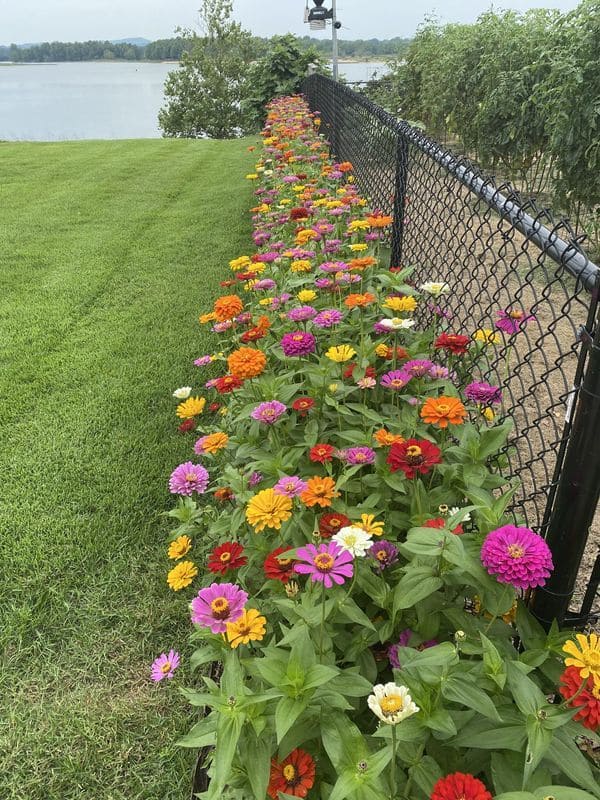
There’s something satisfying about watching zinnias grow. You plant them, walk away, and come back to a riot of color. I remember my youngest choosing a mixed pack of zinnia seeds one year—he called them “rainbow fireworks.” By midsummer, that small patch had become the brightest spot in the garden.
Zinnias love full sun and tolerate drought better than most. They bloom for weeks, even in poor soil, and the more you cut them, the more they bloom. I often gather a few for quick kitchen bouquets—they last forever in a vase and always feel like a celebration.
#3. Coneflower
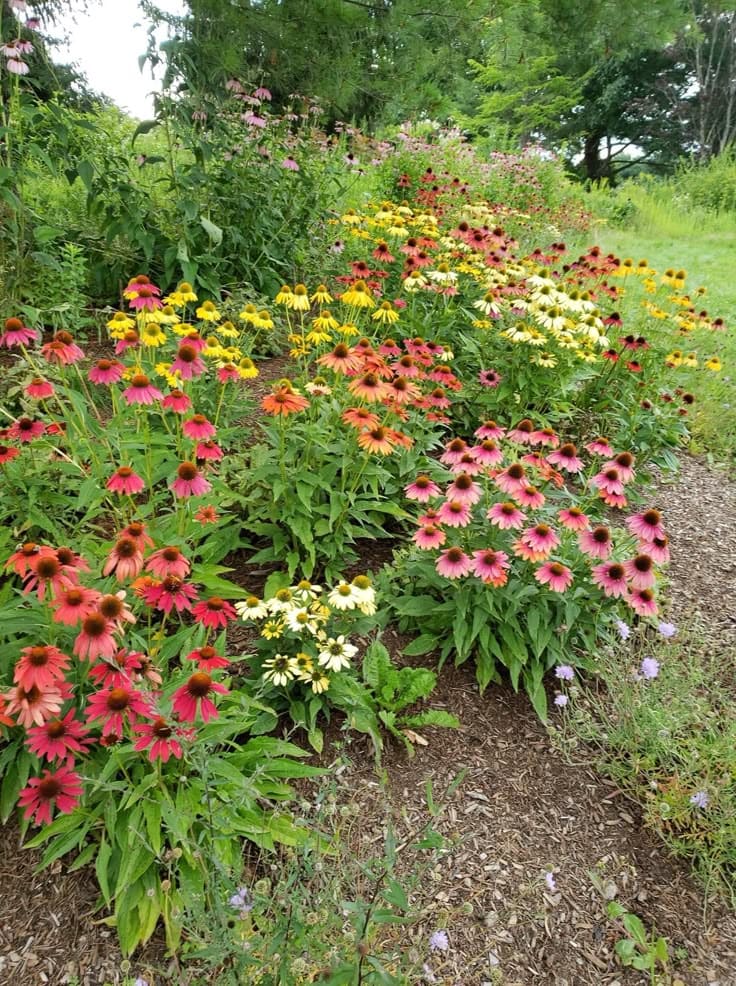
My friend Maya swears by coneflowers. “They’re the only plant I can’t kill,” she jokes, though her garden looks like something out of a magazine. Coneflowers are sturdy perennials with purple, pink, or white daisy-like blooms that rise tall and proud, even in tough spots.
Bees, butterflies, and goldfinches adore them, and they don’t mind heat or poor soil. Once established, they take care of themselves, coming back stronger each year. I love watching their spiky centers dry into seed heads—perfect winter snacks for the birds.
#4. Black-Eyed Susan
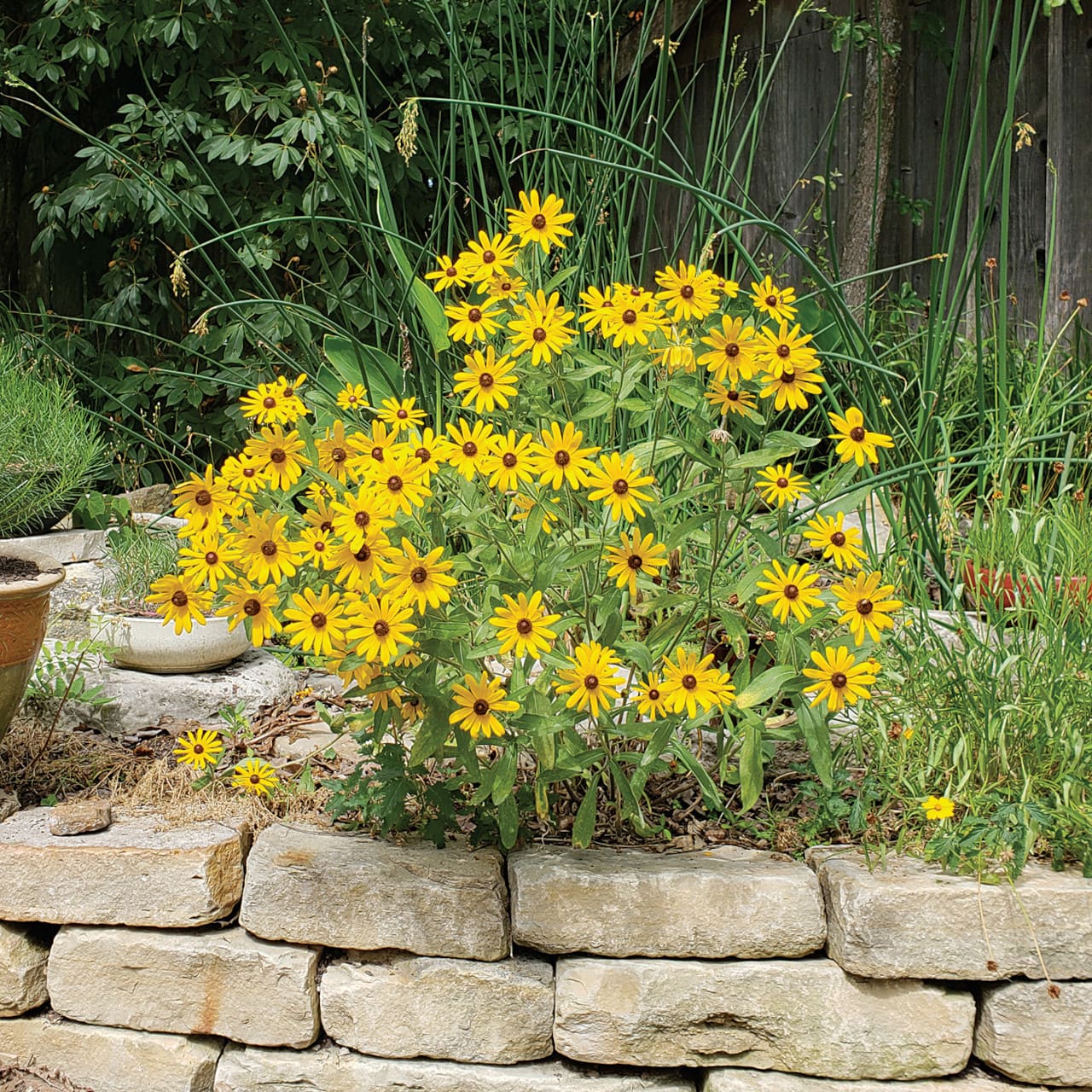
Every midsummer, the garden turns golden. Black-eyed Susans are behind most of it. Their warm, golden petals and chocolate centers glow in the sunlight, and they just keep going—even when everything else looks tired.
I let mine spread along the fence line, where they fill in gaps like cheerful wildflowers. They thrive with neglect, tolerate drought, and don’t mind poor soil. The only trick is giving them enough space—they like to mingle and will happily take over if you let them.
#5. Petunia
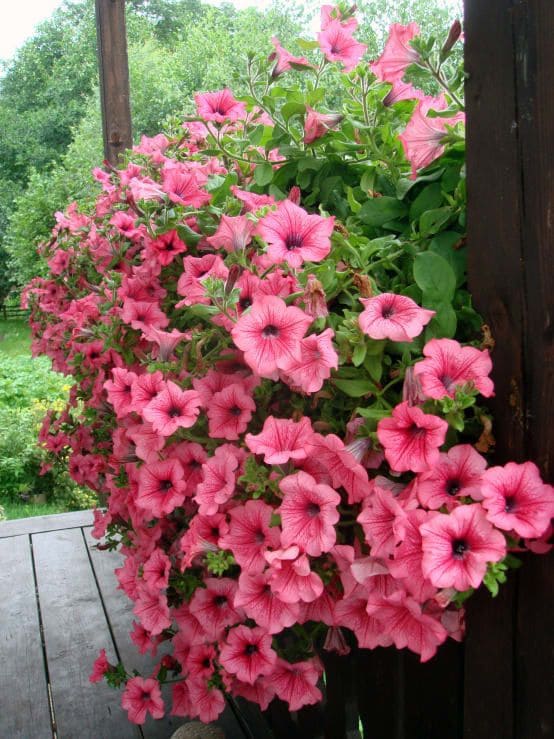
There’s a certain charm to petunias spilling over window boxes and baskets. I planted my first batch in a chipped enamel bucket, and it turned into a bloom explosion I didn’t expect. They come in every color you can imagine—deep purples, soft pinks, even stripes.
Petunias are sun-lovers and don’t mind missing a watering or two. They bloom nonstop if you give them light and a little pinch here and there. I like keeping a few by the porch—they’re always the first to welcome me home.
#6. Daylily
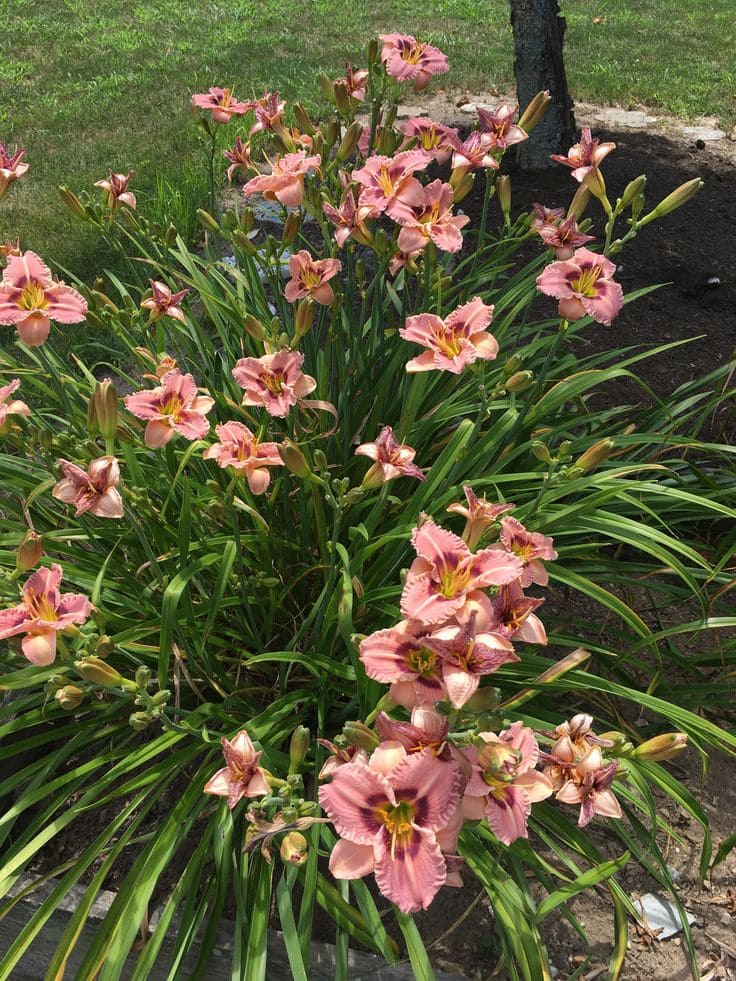
My mom used to call daylilies “the flower that forgives everything.” She planted a row behind the shed and then forgot about them completely. Years later, they still bloom—bold and unbothered—like they never noticed the neglect. Their trumpet-shaped flowers only last a day, but new ones arrive so quickly you hardly notice.
They thrive in places other flowers might sulk—rocky spots, dry patches, even rough corners near driveways. I added a few to a bare slope in our yard, and now it glows orange and yellow for most of summer. You won’t find a more laid-back perennial.
#7. Cosmos
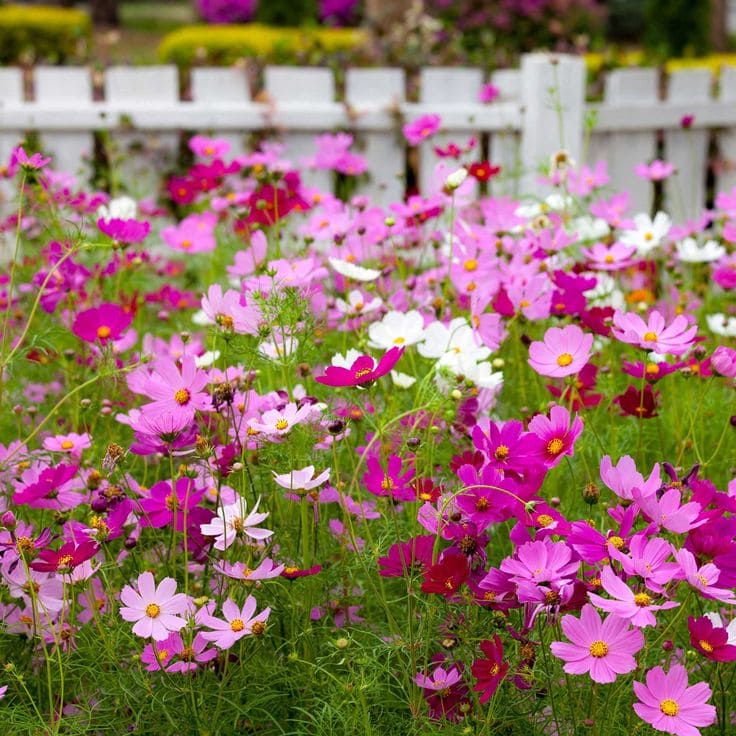
A friend once gave me a handful of cosmos seeds in a paper envelope, scribbled with “Toss and wait.” That’s exactly what I did. And sure enough, in a few weeks, tall, feathery stems waved pale pink and magenta blooms that danced like butterflies on a breeze.
Cosmos love sun and don’t care much about soil. They’re airy, graceful, and self-sowing, so once you have them, they’ll likely return on their own. If your garden needs lightness and movement, plant these. They’re the ballet dancers of low-maintenance gardening.
#8. Lantana
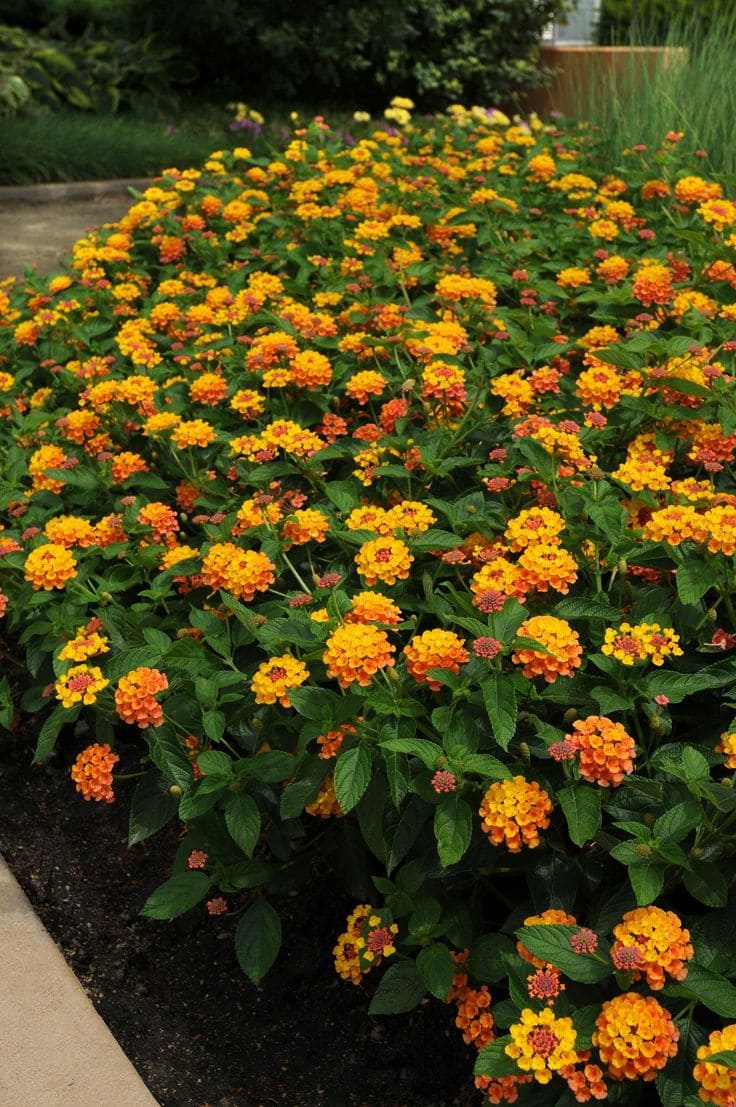
I saw a lantana for the first time when growing wild in Texas, bright clusters of orange and pink glowing against dry roadside soil. The heat was brutal, but lantana didn’t seem to care—it bloomed as if it was celebrating the sun. Since then, I’ve kept a pot on our patio just to feel a little of that summer energy.
Lantana thrives in heat, shrugs off drought, and attracts butterflies like a magnet. Once it settles in, it barely needs anything but sunshine. It’s especially useful in spots where nothing else wants to bloom.
#9. Impatiens
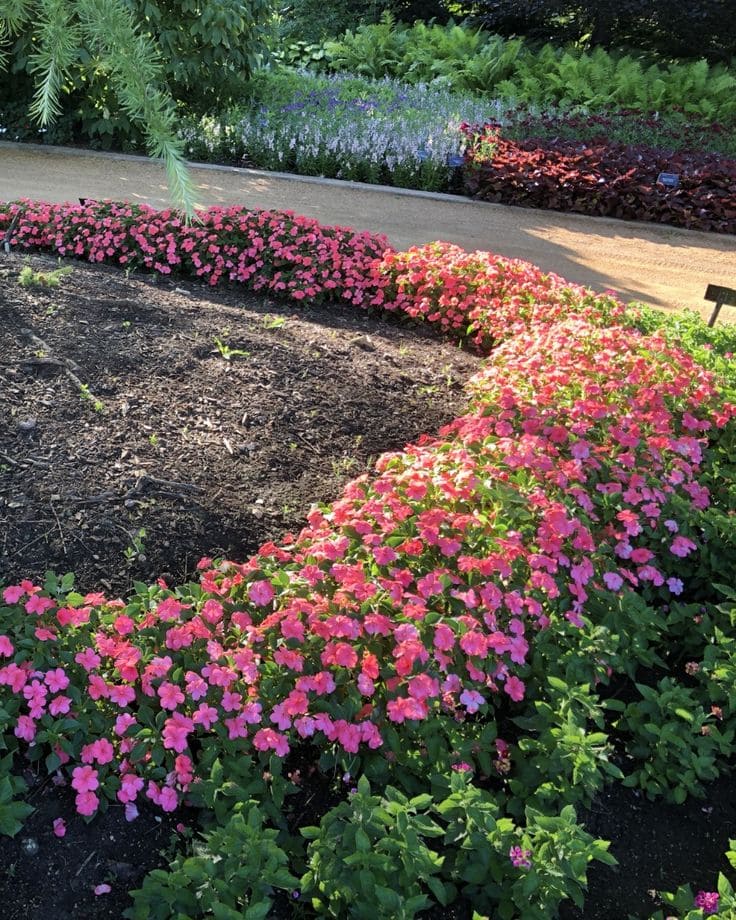
My grandma’s side yard was shaded by a massive fig tree, and under that leafy canopy grew dozens of impatiens—shades of coral, white, and lavender. I didn’t appreciate them much as a kid, but now, planting impatiens feels like writing her name in color. I grow them in old clay pots and tuck them into the quiet corners of the garden.
They bloom nonstop, asking only for regular watering and a bit of love. In deep shade, they glow like hidden gems. If your garden has a dim corner that feels forgotten, impatiens will fill it with gentle light.
#10. Alyssum
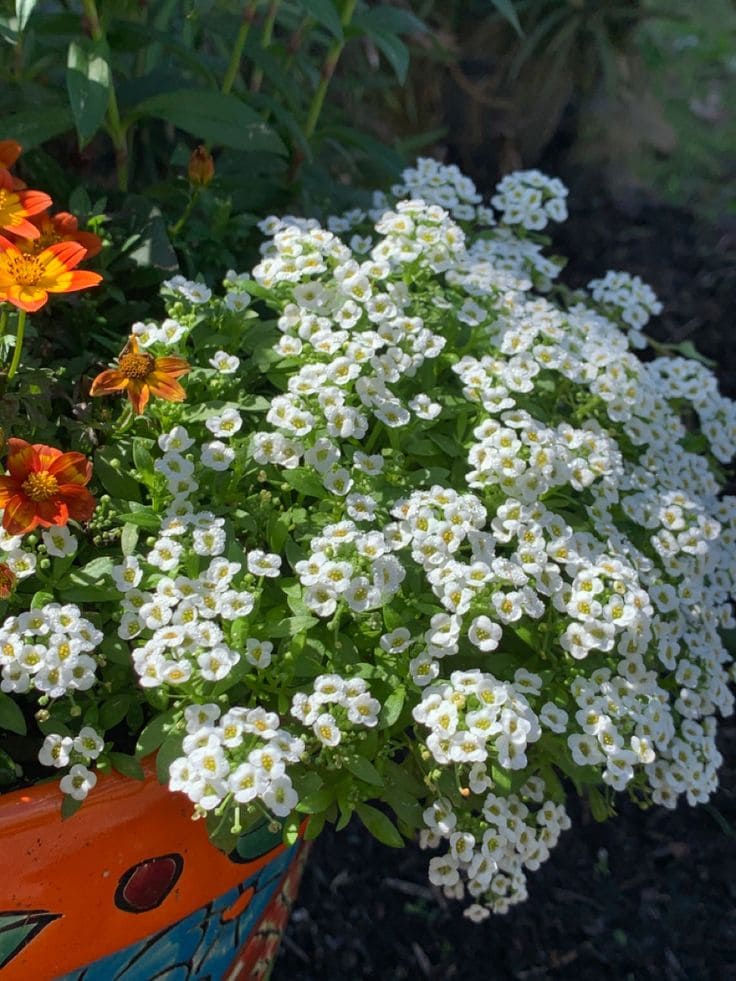
Alyssum smells like spring honey and looks like a soft floral carpet. I first tucked a few into the cracks between our stepping stones, not expecting much. By mid-season, they had spread like lace across the path, filling the air with their gentle sweetness.
They’re low-growing, low-maintenance, and lovely for containers or edges. Poor soil doesn’t bother them, and they keep blooming well into fall. Alyssum is one of those quiet plants that makes everything around it feel softer and more complete.
#11. Snapdragon
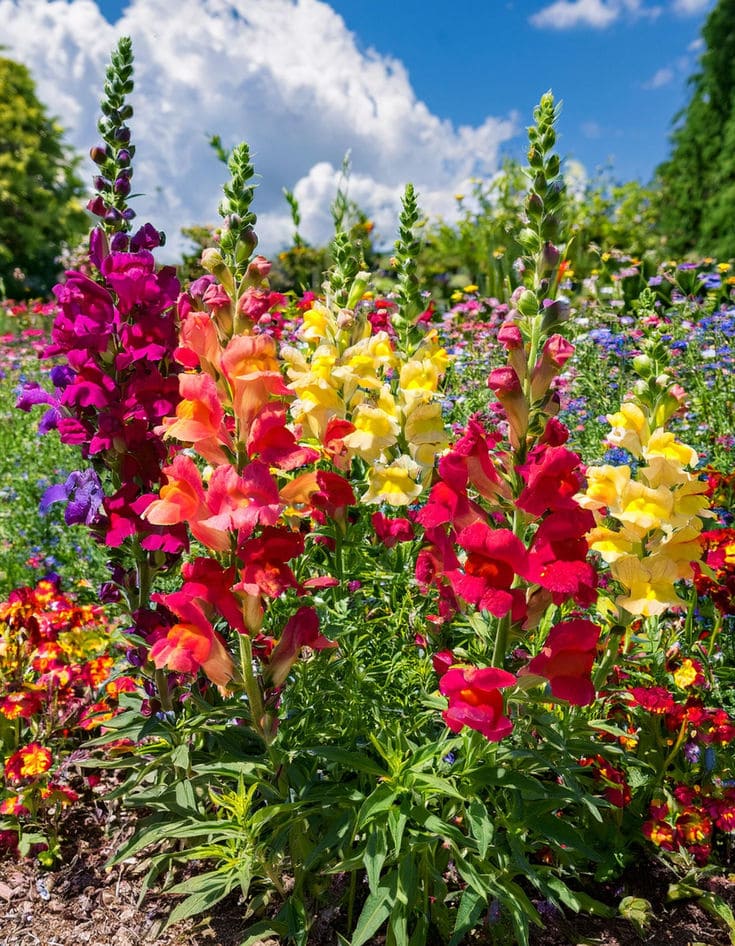
Snapdragons remind me of the tiny churchyard garden my husband and I stumbled upon during our honeymoon. It was tucked behind an old stone chapel, full of pastel blooms nodding in the breeze. A woman was tending the beds and handed me a single stem. “They bloom through frost,” she said, “like they’re praying.” I’ve never forgotten that.
Now I grow snapdragons every spring. They love cooler weather and stand tall, even when the first chills of fall arrive. They come in playful pinks, peaches, and reds, and their dragon-shaped blooms are a hit with kids. They often self-seed, popping up where I least expect them—like a whispered reminder to stay hopeful.
#12. Nasturtium
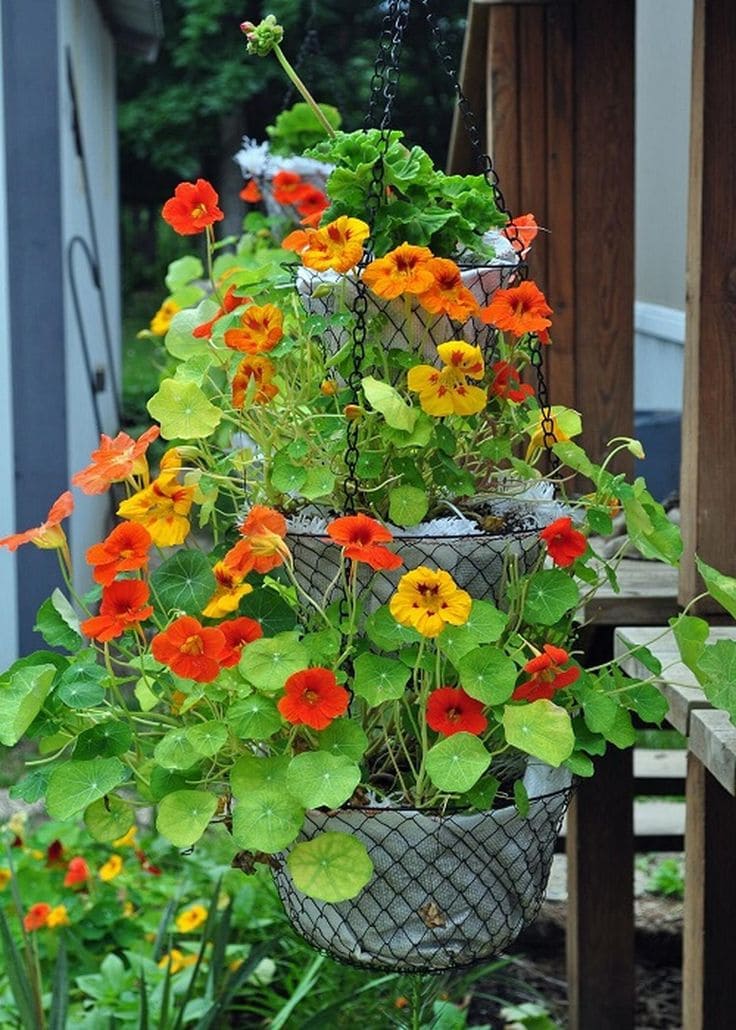
The first nasturtium I tasted was tucked into a salad at a neighbor’s barbecue—bright orange, bold flavor, and unexpectedly spicy. That moment turned me into a believer.
They grow fast, handle neglect, and bloom like confetti. I plant them along the garden’s edge and use the flowers and leaves in salads. They also help protect my veggies from pests. Edible, easy, and endlessly cheerful.
#13. Sedum
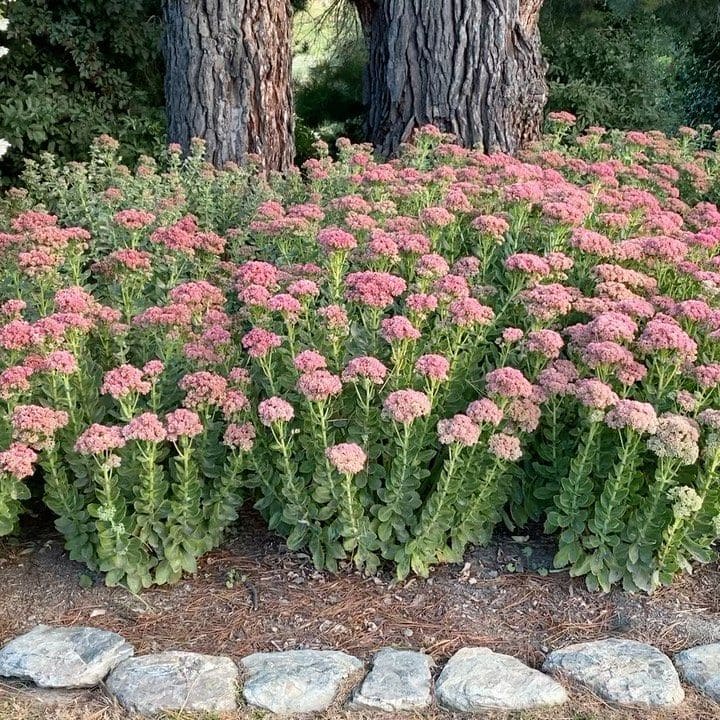
Sedum became my go-to after everything else fried in a heatwave. I had one planted near a stone wall—forgotten, yet still thriving. Its thick leaves and late-season pink blooms made it the last to fade.
It thrives on neglect, needs no rich soil, and draws bees like a magnet. I use it in containers, corners, and even cracks in the rock path where nothing else grows.
#14. California Poppy
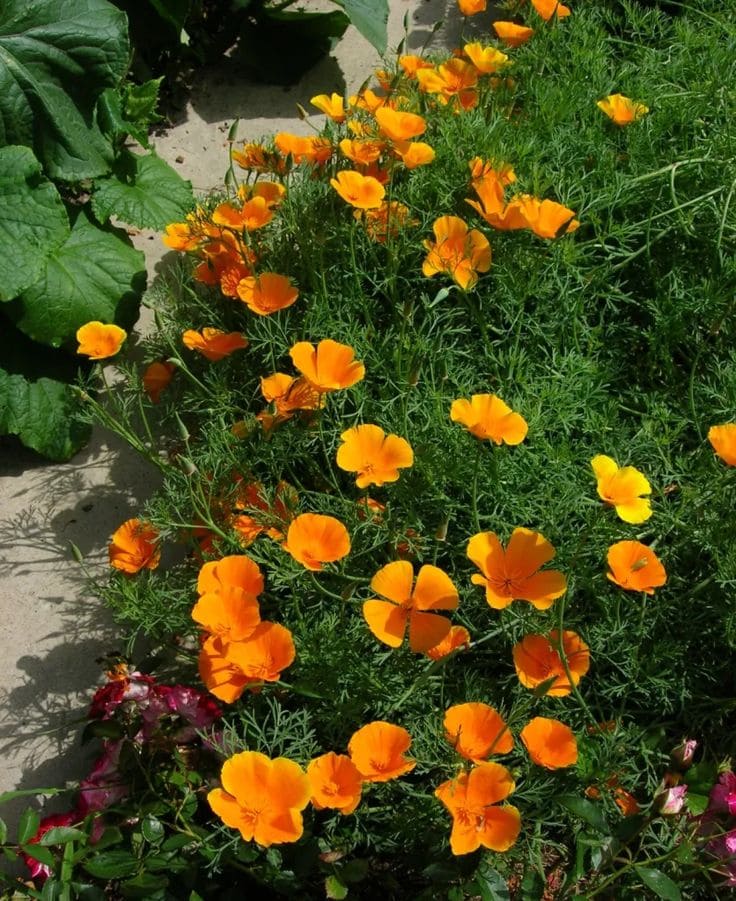
I found wild poppies blooming near the train tracks on a morning walk—closed in the cool air, then wide open by noon. That image of fire-colored petals dancing in the sun stayed with me.
Now I plant them in dry, sunny spots where they light up the garden. They need barely any care, reseed easily, and bring a flutter of joy to every summer day.
#15. Bee Balm
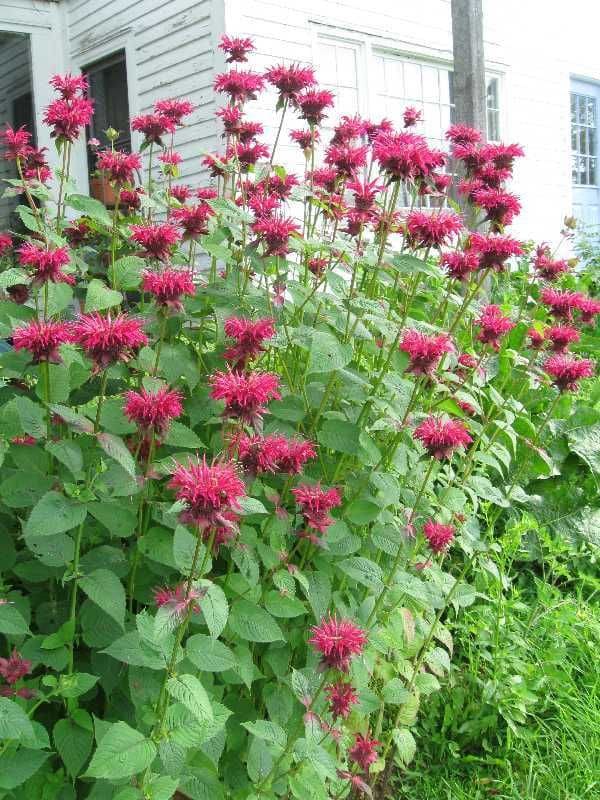
Bee balm came to me in a clump from a friend’s yard, and by summer, it had turned into a buzzing, blooming patch of red and pink. Bees and hummingbirds can’t resist it.
It grows quickly, spreads generously, and smells faintly minty when touched. A little wild, a little unruly—but full of life and movement.
#16. Dianthus
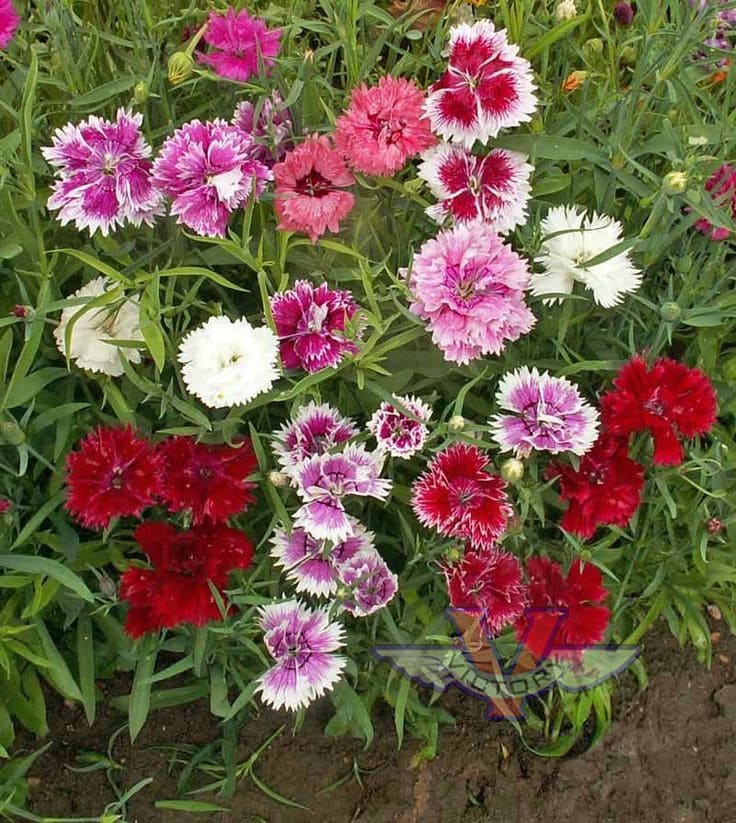
I rescued my first dianthus from a garden center clearance table—droopy, discounted, and forgotten. A week later, it bloomed pink with a scent like sugar and cloves.
Now I tuck them along paths and borders. They’re low-maintenance, tolerate poor soil, and return each year with their soft color and sweet perfume. Small, but full of charm.
Final Thoughts
You don’t need to be an expert to grow a beautiful garden—you just need the right plants to build your confidence. These flowers are resilient, forgiving, and full of life. They ask for little and give so much—color, scent, texture, and story.
Start with one. Then another. Let them teach you. Before long, your garden will feel like a living memory book, blooming even when you least expect it.


